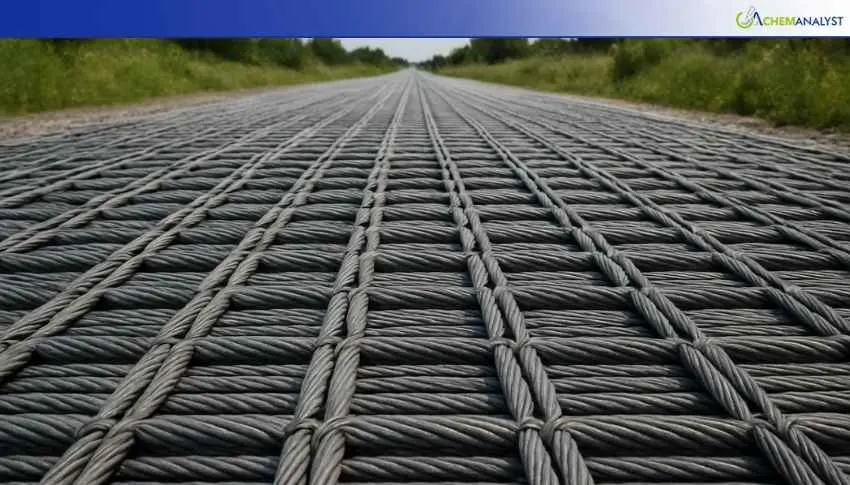Welcome To ChemAnalyst

German and Chinese Steel Wire Rod markets showed contrasting performance in early August, with German prices rising on infrastructure restocking and construction strength while Chinese prices declined due to weak domestic demand from property developers and automotive sector softness, reflecting different regional market fundamentals.
Steel Wire Rod markets exhibited dramatic regional divergence in the first week of August 2025, with German CFR Bremen prices advancing 2% while Chinese Ex Shanghai values declined sharply by 3%. The contrasting performance highlights fundamental differences in demand patterns, supply management strategies, and market positioning between Europe's largest economy and the world's top steel producer.
Key Takeaways:
• Germany: Steel Wire Rod prices rose 2% on CFR Bremen, driven by construction restocking and infrastructure demand
• China: Steel Wire Rod prices fell 3% on Ex-Shanghai, pressured by weak domestic construction and automotive softness
• Supply Dynamics: German mills managed output carefully while Chinese mills increased export allocations amid domestic weakness
• Feedstock Impact: Rising European scrap prices supported German costs while Chinese iron ore imports remained adequate further supports the steel wire rod prices.
• Demand Patterns: German construction and automotive sectors showed resilience while Chinese property developers focused on project completion
Germany presented solid Steel Wire Rod market metrics, with prices rising 2 percent Bremen during the first week of August. The prices increased typically due to strong restocking activity from construction-related buyers coming back from July seasonal de-stocking - in addition to continuing infrastructure projects and other government spending programs. Moreover, the automotive sector strength continued to be an important demand factor, with strong car production (4% year-over-year growth in the first half of car production) to support cold heading and specialty grades. Supply conditions were moderate-to-tight since domestic mills have been managing production levels, but increasing European scrap prices, notably from Italy and Turkey, continued to exert upward cost pressure on Steel Wire Rod.
China faced significant price weakness for Steel Wire Rod, with Ex Shanghai values moving down 3% as domestic demand challenges continued to escalate. The Construction sector weakness was cumulative, with developers either completing facilities or focusing on existing projects, which meant new project launches were very limited and there was no fresh demand for long steel products. Although the passenger vehicle retail sales were approximately 1.821 million units on an annualized basis, the large month-over-month decline coupled with new energy vehicles pullbacks that topped 50% inhibited Steel Wire Rod consumption related to the automotive sector. Even with good availability of feedstock with iron ore provenances, domestic mills upped steel wire rod export allocations to compensate for weak demand in their home-market.
Import competition in the German Steel Wire Rod markets remained limited, with competitive Asian offers blocked by high freight costs and EU carbon regulations. German producers prioritized deliveries to domestic and regional markets, maintaining relatively balanced supply conditions, which supported weekly price gains.
According to ChemAnalyst, Steel Wire Rod markets should keep the regional divergence across August, where German prices east continue to be firmed by continued investment in infrastructure and restocking activity in construction. In China, markets may come under additional pressure until there is some stability in domestic construction and automotive sectors, notwithstanding export competitiveness could create some price floor support, as mills are prioritizing overseas shipments to counter weak domestic consumption activity.
We use cookies to deliver the best possible experience on our website. To learn more, visit our Privacy Policy. By continuing to use this site or by closing this box, you consent to our use of cookies. More info.
